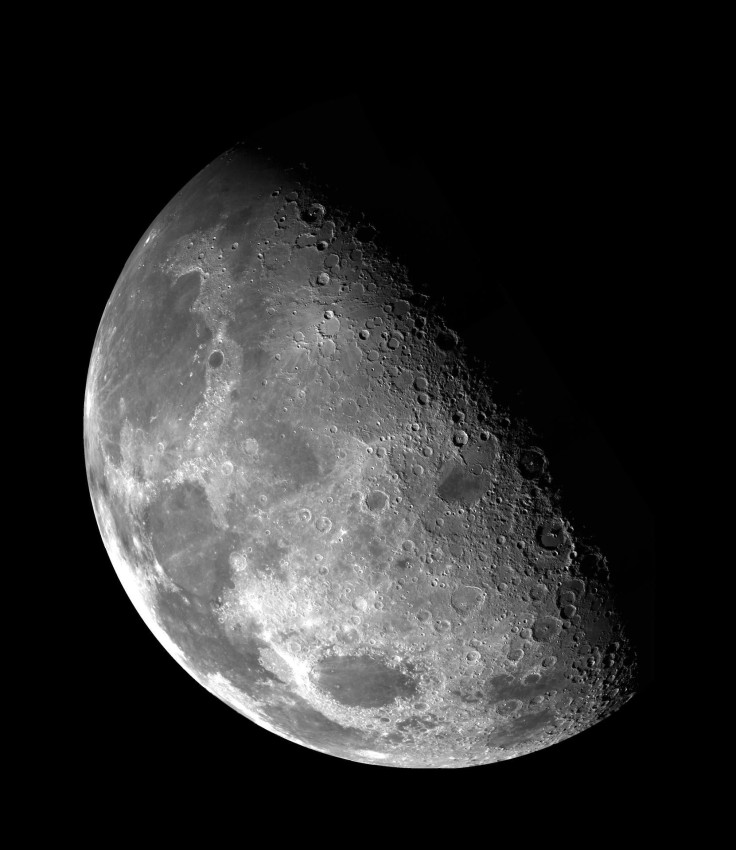AI Discovers 6,000 Previously Unseen Craters On The Moon, Measures Them Also

A group of researchers using a new artificial intelligence algorithm have identified about 6,000 previously unseen craters on the moon.
The discovery came as part of a Natural Sciences and Engineering Research Council of Canada (NSERC)-funded effort to see and analyze how the tech worked while looking at the location as well as the size of lunar craters.
Typically, a task like this requires a lot of manual effort. Observing teams have to photograph the lunar surface, identify craters one by one, and then use the size of the image to determine how big the impact holes actually are.
“Tens of thousands of unidentified small craters are on the moon, and it’s unrealistic for humans to efficiently characterize them all by eye,” University of Toronto’s Ari Silburt, who co-developed the tech, said in a statement.
However, the artificial neural network automates the whole process, saving a lot of time and effort — as we have seen in the case of robots and self-driving vehicles in the past.
After being trained from satellite-based crater images covering two-thirds of the moon, the tech identified about 6,000 previously unseen craters on the remaining third part.
“It’s the first time we have an algorithm that can detect craters really well, for not only parts of the moon, but also areas of Mercury,” said Ali-Dib, another co-developer of the tech.
As both celestial bodies lack air, water, and plate tectonics, they witness little erosion, which keeps even the oldest of the craters — dating 4 billion years back — visible.
Observation determines the shape and size of the crater, while the age is ascertained by looking at the interior structure of the hole and the counting the number of smaller crater sitting inside.
We have already seen how AI could find exoplanets in the universe and now the capability of quickly identifying some of the oldest impact craters could play a crucial role in understanding the history of our solar system, particularly its violent past when the Earth, its moon, and neighbors came to be.
“There’s real potential for machines to help identify these small craters and reveal undiscovered clues about the formation of our solar system,” Silburt noted.
It is also worth noting that all other algorithms prior to this did poorly while looking for craters on new, previously unseen patches of the moon. That said, the group now plans to expand the work on the novel algorithm and train it further to identify old hidden craters with more accuracy. This would also include advanced testing on other bodies of the solar system such as Mars, Ceres, and the icy moons of Jupiter and Saturn.
The work and demonstration of the AI algorithm are published in a paper that is currently under review in the journal Icarus.
© Copyright IBTimes 2024. All rights reserved.




















